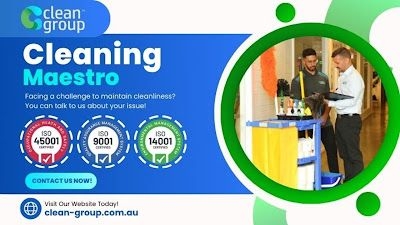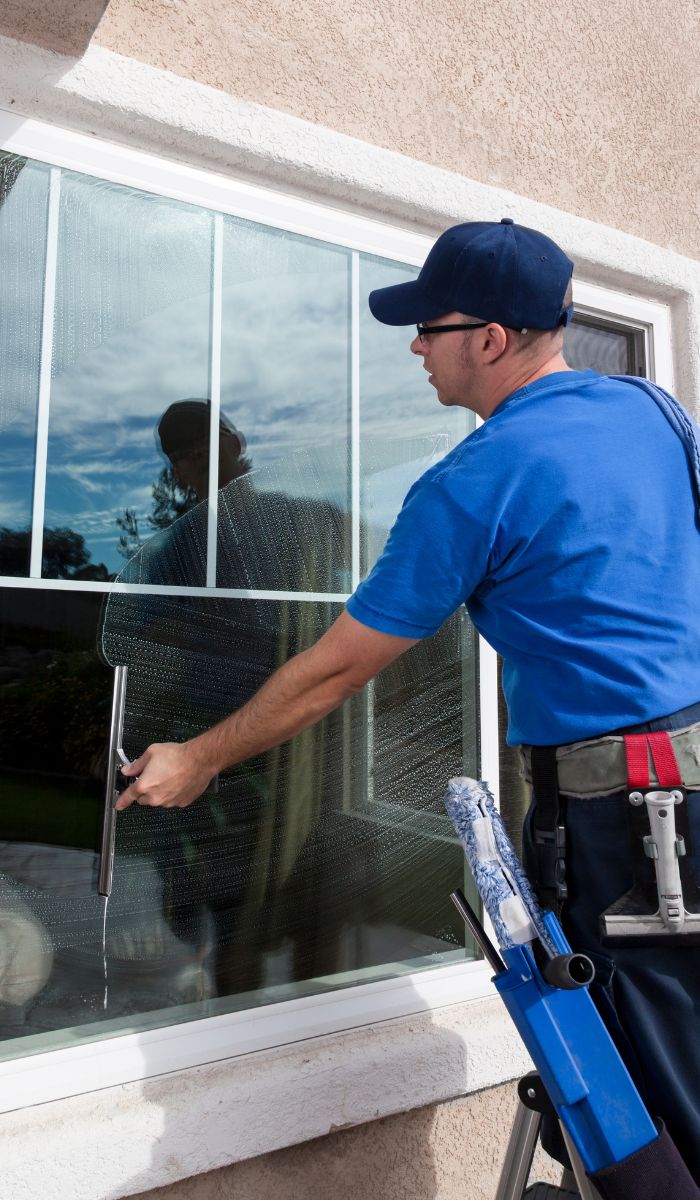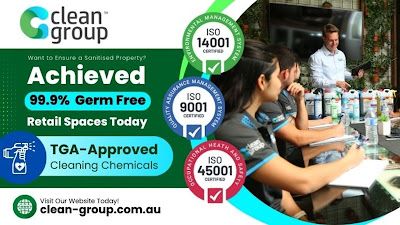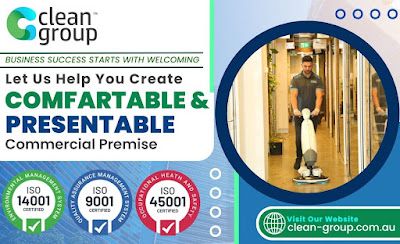
How Do Cleaning Companies Manage Chemical Disposal?
The Future of Automation in Commercial Cleaning
As the cleaning industry continues to evolve, one of the notable trends is the growing emphasis on data-driven cleaning. With the rise of smart technologies and the Internet of Things (IoT), cleaning companies are increasingly using data to optimize their services. Clean Group provides comprehensive and professional Commercial Cleaning Sydney across Sydney, NSW. Our fully insured, trained, and security-verified cleaners ensure your workplace stays spotless and hygienic. Schedule a free onsite quote today—book online or call us at 02 9160 7469. Get your obligation-free commercial cleaning estimate for offices, buildings, and other business spaces in Sydney.. Sensors embedded in cleaning equipment can now monitor the cleanliness of surfaces in real time, while also tracking the usage of cleaning agents and other consumables. This data allows cleaning teams to adjust their methods based on actual needs rather than relying on pre-determined schedules. For example, in office buildings, sensors can detect areas with higher foot traffic and direct cleaning teams to those areas more frequently, ensuring that spaces remain hygienic and presentable throughout the day.
The role of customer feedback is also becoming increasingly significant in the commercial cleaning industry. With the rise of online reviews and social media, clients now have a direct platform to share their experiences with cleaning services, making reputation management more important than ever. Cleaning companies are actively encouraging clients to provide feedback on the quality of service they receive, using this information to make adjustments and improve their offerings. Many companies are now implementing customer satisfaction surveys, conducting follow-up calls after each cleaning service, and using customer feedback to drive continuous improvement. As a result, businesses that can effectively manage and respond to feedback are likely to build stronger relationships with their clients, fostering loyalty and repeat business.


